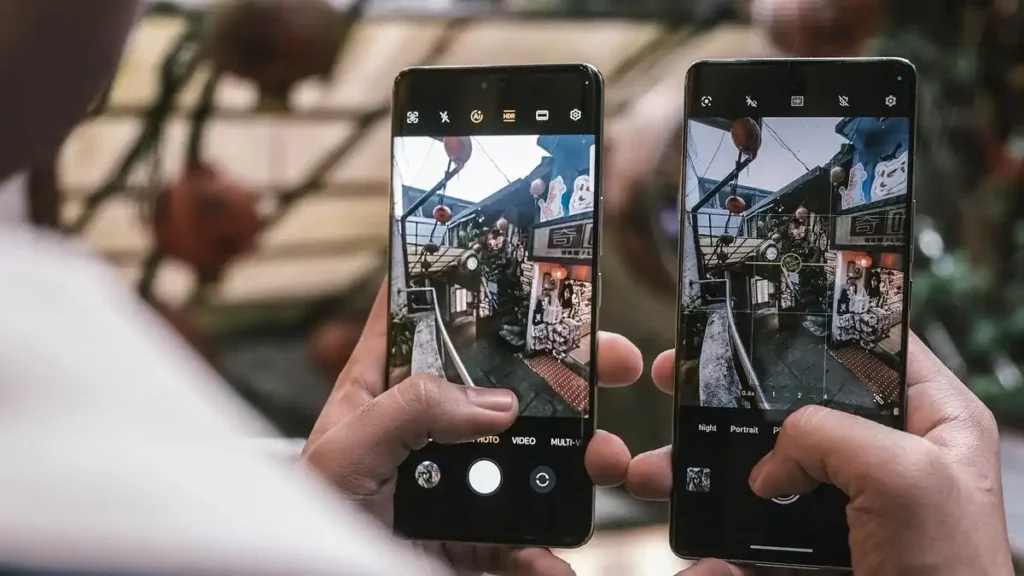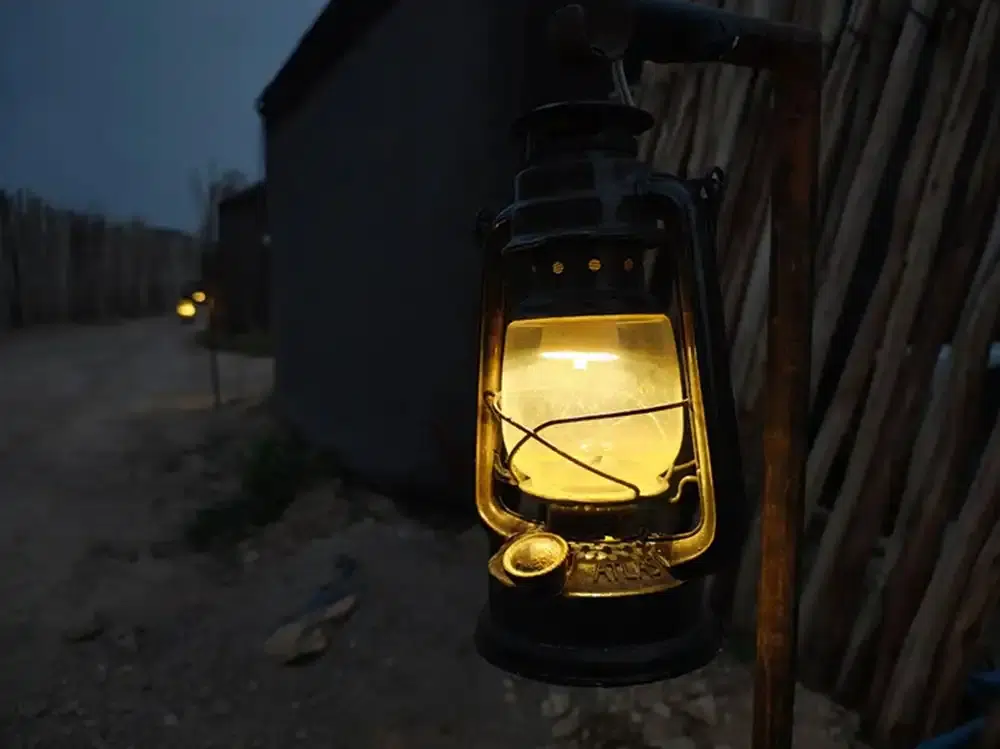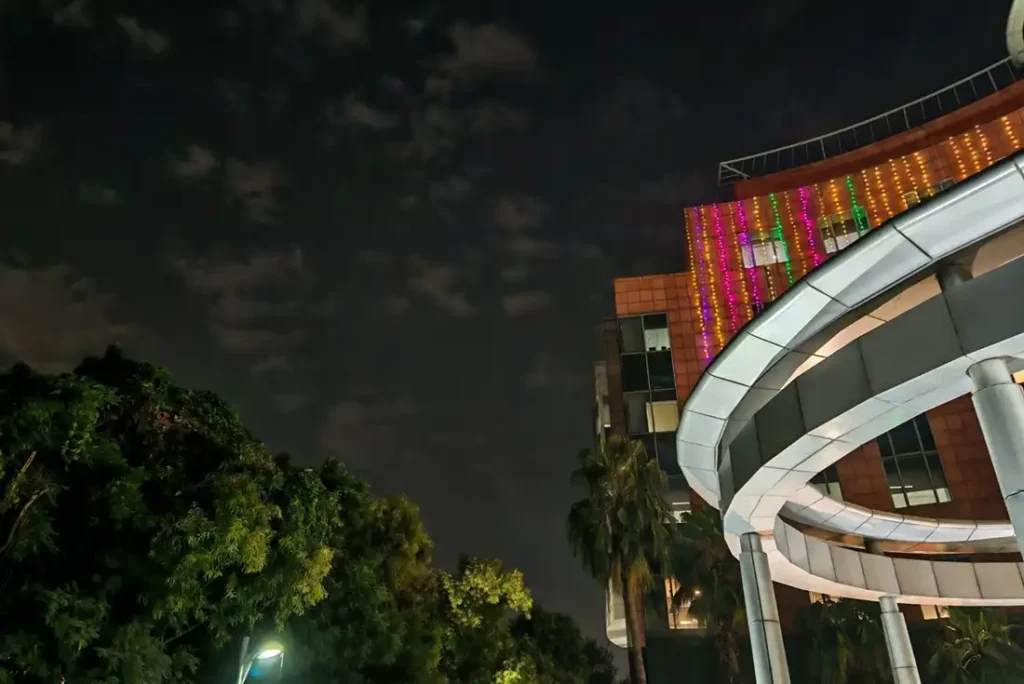Table of Contents
The Honor 200 has only recently joined the ranks of the mid-tier smartphone market in India with a price tag of Rs 34,999. The competitor is already quite popular i.e. Motorola Edge 50 Pro which falls in the same category. Both phones have stellar setups when it comes to the camera, but which is the better-featured phone for photography? In this blog, different camera specifications of Honor 200 and Motorola Edge 50 Pro are discussed in daylight shots, ultrawide lens, portrait lens, front camera, and low light shots. So, let’s try to look at the deeper layers of the problem to be able to make the best decision.
Daylight Photography
The daylight performance of both smartphones is impressive in terms of sharpness though their management of colors is different. The Motorola Edge 50 Pro comes with vibrant and punchy colors to the shot which seem to really pop, on the other hand, the Honor 200 applied much natural and accurate color tones. However, in terms of dynamic range, Motorola Edge 50 Pro is ahead by a hair, taking more details at high and low ends. On one hand,d it can be stated that, at an enlarged view, it is seen that Honor 200 was better at handling the noise and kept the clarity factor superior.

Ultrawide Photography
Here color accuracy can be considered as on both ultrawide lenses available on both phones. The colors that the Honor 200 captures look pale as compared to the Edge 50 Pro whose colors are slightly over-saturated. When we talk about sharpness and detail levels, the Motorola Edge 50 Pro became a clear winner in comparison with this phone, which makes it the best choice for shooting in ultrawide mode.
Portrait Mode
In terms of Portrait Mode, both phones do a good job in portrait photography with nice edge detection and pleasant effects. The Honor 200 is capable of producing real-life accuracy when it comes to skin tones however, the facial details seem to have been smoothened to an extent, and therefore the choice of the individuals. In contrast, the Motorola Edge 50 Pro retains skin texture but brings even more synthetic colors to the image, making it look more vivid but less realistic. This category ultimately depends on personal preference: For those, who like natural colors in the pictures, it’s better to choose Honor 200. If you prefer the more richly saturated colors with even greater material texture, we prefer to go with Motorola Edge 50 Pro.
Selfies
Similarly to the Portrait Mode, both the Motorola Edge 50 Pro and the Honor 200 smartphones contain a 50 MP front camera, however, there is a clear difference as to the front camera performance. At the front, the selfie camera of Motorola Edge 50 Pro produces bright colors with high levels of color saturation that is good for sharing on Instagram. Simultaneously Honor 200 has a problem of slight overexposure which makes it appear hazy. It is even slightly more realistic in terms of having skin tones but it is not as detailed.
Low-Light Photography (Night Mode Off & Off)

When shooting in low illumination without the use of night mode, then the disparities stand out vividly. With colors, the Honor 200 is not very good and specifically has problems with red color, where they look washed out. The Motorola Edge 50 Pro displays clearer images with better color accuracy but they now have lens flare issues sometimes.

Flipping on the night mode boosts the capacity of the two phones. Honor 200 takes quite a leap forward and serves better results in brightness and contrast as well as in color accuracy. While the Motorola Edge 50 Pro addresses lens flare and reduces the around sources of light. It also looks better in terms of exposure and sharpness is better controlled here than in the previous model.
Final Talk
In the comparison of ultrawide, selfies, and low-light photography, the Motorola Edge 50 Pro comes out as the winner in this comparison. Considering the best performance and camera versatility under Rs 35,000 the Motorola Edge 50 Pro wins the compression. Nonetheless, the Honor 200 is not too far behind that. It is good in daylight and especially for portraits since it produces natural-looking and balanced images. Still, it is not very effective in low-light situations, but we can expect some improvements with OTA updates.
Also Read:

